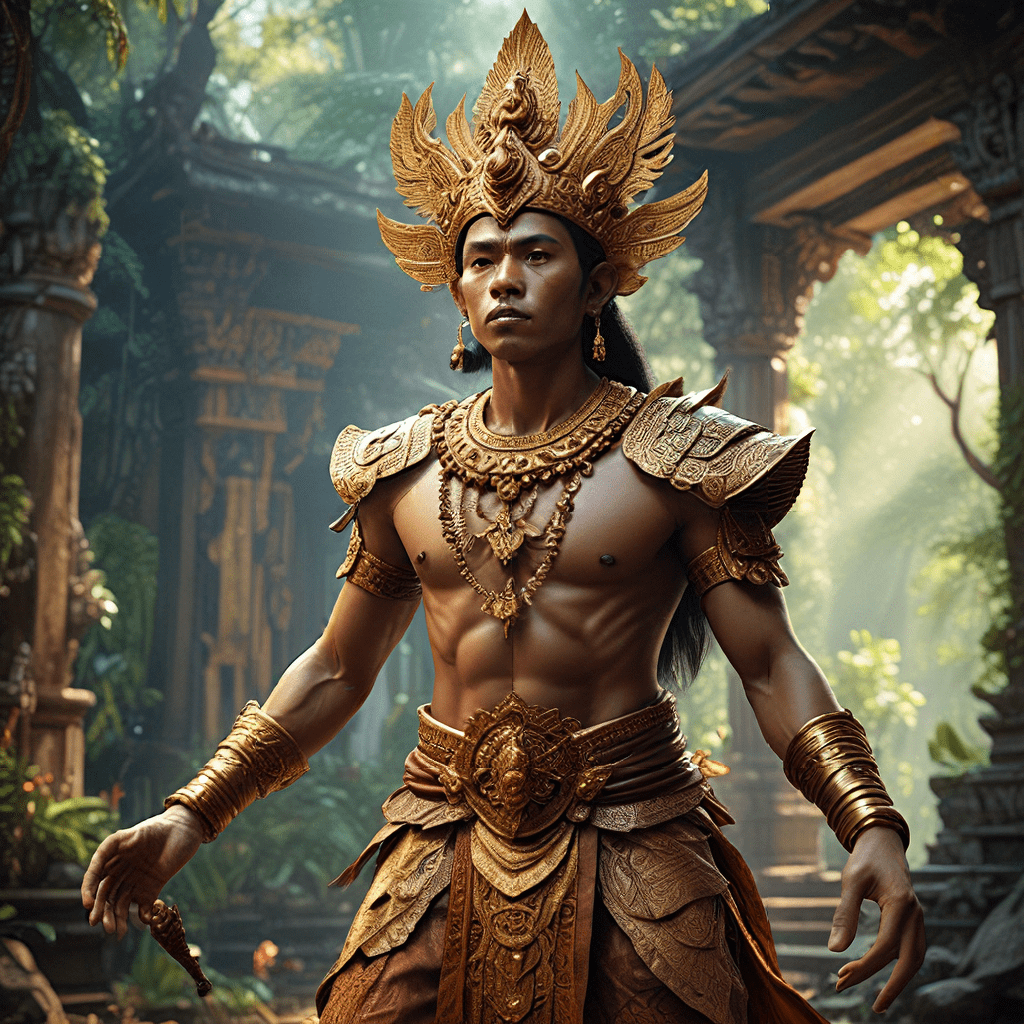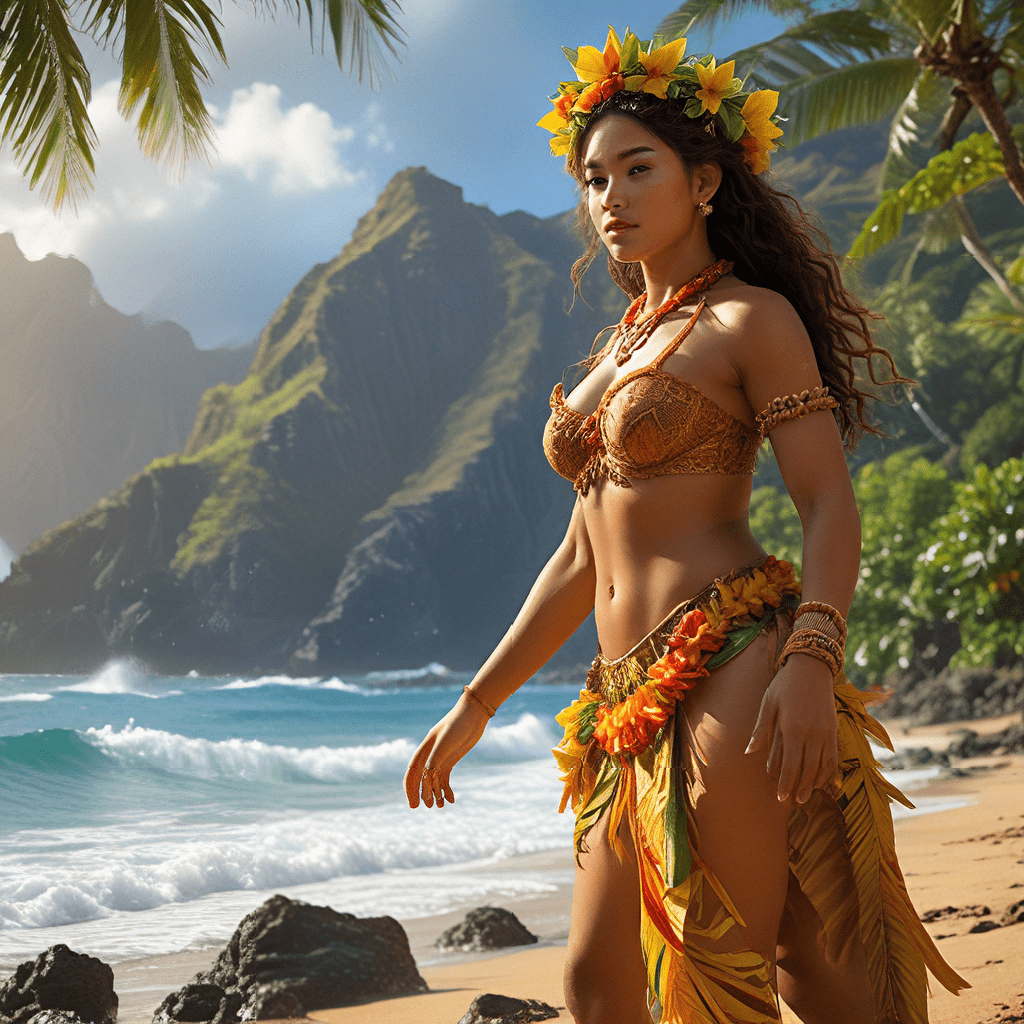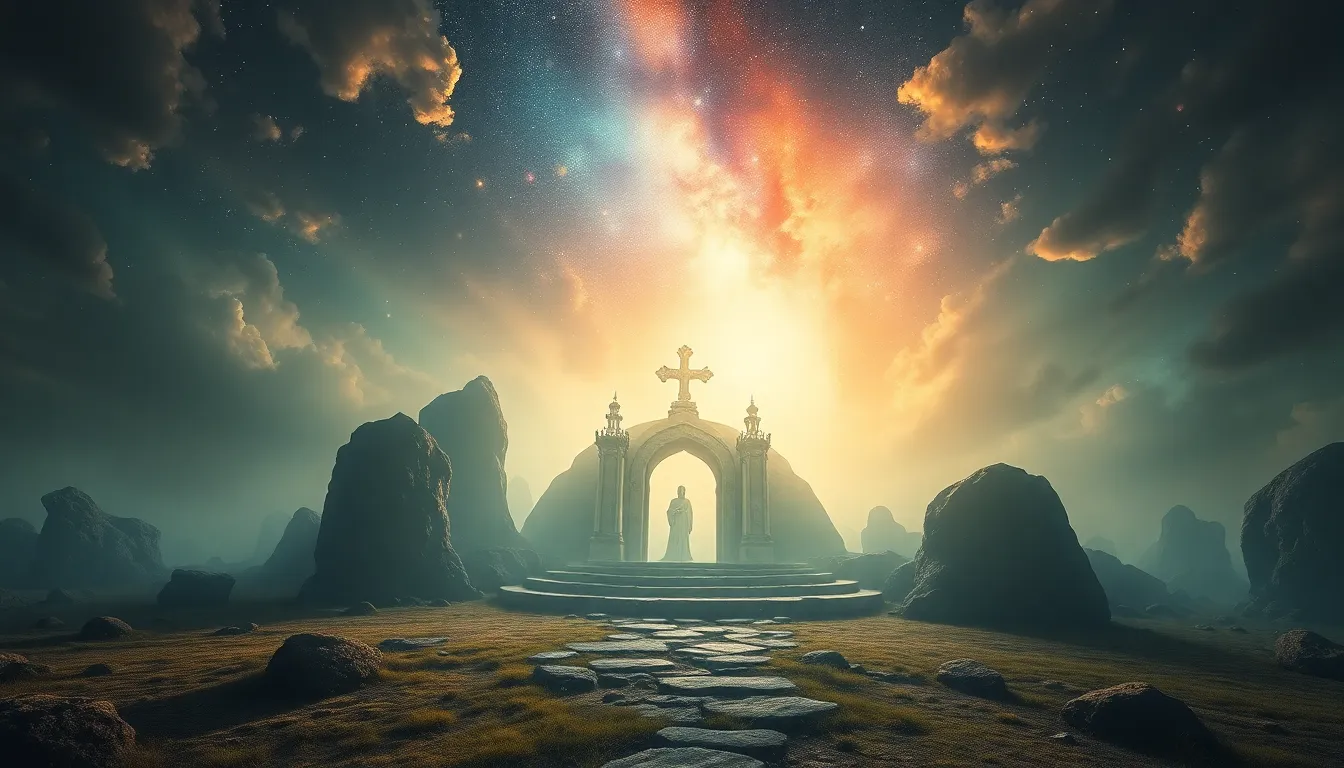A Tapestry of Transformation: Introduction to Indonesian Mythology
Indonesia, a vast archipelago of over 17,000 islands, is a land steeped in rich and vibrant mythology. Its diverse cultures and traditions have woven a tapestry of myths, legends, and folktales that have been passed down through generations. These stories, often rooted in animistic beliefs and influenced by Hinduism and Buddhism, offer a captivating window into the spiritual worldviews, values, and aspirations of the Indonesian people. They are not simply tales of gods and monsters but rather intricate narratives that explore themes of creation, transformation, renewal, and the complex relationship between humans and the natural world.
Indonesian mythology is a captivating blend of imagination and wisdom. Myths are often embedded in local customs and rituals, serving as guides for navigating life's challenges, understanding the forces of nature, and upholding societal norms. From the awe-inspiring creation story of the world to the thrilling adventures of heroic figures, these tales have shaped the Indonesian identity, providing a framework for understanding the world and their place within it.
From Chaos to Cosmos: The Creation Myths of Indonesia
The creation myths of Indonesia are as diverse as the islands themselves, reflecting the unique beliefs of different cultures and ethnic groups. However, common elements emerge, such as the role of powerful deities, the primordial sea, and the concept of the world emerging from chaos.
In one widely known creation myth, a giant egg, representing the universe, floats upon the primordial sea. From this egg emerges Batara Guru, the supreme god, who then creates the earth, the sky, and all living beings. Another myth narrates the story of a goddess who, after a long journey through the cosmos, brings forth the first human beings from the earth. These tales, while differing in detail, underscore the Indonesian belief in the sacredness of life and the divine origins of the cosmos.
The Power of Transformation: Gods, Demons, and Shapeshifting Beings
The realm of Indonesian mythology is filled with fascinating and powerful beings, each embodying a specific aspect of the human condition or the forces of nature. The gods, known as dewa, are often associated with specific elements, such as fire, water, or the earth, and are believed to have the ability to intervene in human affairs.
Demons, or setan, are typically depicted as malevolent entities that can cause misfortune and trouble. They are often associated with dark forces and may possess supernatural powers. Shapeshifting beings, such as werewolves or spirit animals, are also common in Indonesian mythology, blurring the lines between the human and the supernatural.
Tales of Renewal: Cycles of Death and Rebirth
Transformation in Indonesian mythology is not limited to the physical realm; it also encompasses the cycle of life, death, and rebirth. Many myths explore the theme of renewal, reflecting the Indonesian belief in the interconnectedness of all things.
For example, the story of the Ratu Pantai Selatan, the Queen of the Southern Sea, depicts a powerful spirit who can bring both prosperity and destruction. She is a reminder of the cyclical nature of life, where death is not an end but a transition to another form of existence.
The Role of Nature: Spirits of the Forest, Mountains, and Sea
The Indonesian archipelago is a land of incredible biodiversity, and this natural world is deeply interwoven with its mythology. The spirits of the forest, mountains, and sea are believed to hold immense power and influence over human life.
The hantu are spirits of the dead, often associated with particular locations, such as cemeteries or haunted forests. They can be benevolent or malevolent, depending on their past and the intentions of those who encounter them. The spirits of the natural world, such as the nyai who guard sacred springs or the dewa laut who rule the sea, are revered and feared by the Indonesian people.
Heroes and Heroines: Embodiments of Courage and Wisdom
Indonesian mythology is not just about gods and spirits; it is also filled with inspiring tales of heroes and heroines who embody courage, wisdom, and the ideals of their communities. These figures often challenge the established order, fight against injustice, and protect their people from evil forces.
One prominent figure is Gatotkaca, a powerful warrior from the epic Mahabharata (adapted into a rich Indonesian tradition). He is known for his superhuman strength, loyalty, and unwavering commitment to justice. His story resonates with themes of courage, sacrifice, and the struggle for good over evil.
Other heroes and heroines, like Si Pitung (a legendary Robin Hood-like figure from Betawi folklore) and Sri Tanjung (a princess known for her beauty and tragic fate), demonstrate the importance of compassion, integrity, and the pursuit of social justice. Their tales offer valuable lessons for navigating the complexities of human relationships and the challenges of living a meaningful life.
The Echoes of Myth in Indonesian Culture
Indonesian mythology is not merely a collection of ancient stories. It continues to be deeply ingrained in the cultural fabric of the country, influencing art, literature, traditional ceremonies, and everyday life.
- Art: The vibrant colors and intricate details of Indonesian art often draw inspiration from mythical creatures, gods, and heroes.
- Literature: Folklore, poetry, and even popular novels are often infused with mythic themes and characters.
- Ceremonies: Traditional ceremonies like weddings, harvest festivals, and religious rituals often incorporate elements of mythology to appease spirits, invoke blessings, and ensure the well-being of the community.
- Everyday Life: Proverbs, sayings, and folk wisdom rooted in mythology continue to shape the values and beliefs of the Indonesian people.
The enduring presence of mythology in Indonesian culture underscores its significance in shaping the national identity and providing a shared heritage for generations.
Interpretations of Indonesian Mythology: Anthropological Perspectives
Anthropologists have delved into the nuances of Indonesian mythology to understand its cultural significance and the values it reflects. They see these tales as:
- Mirrors of Society: Myths often reflect the social structure, beliefs, and concerns of the communities that created them.
- Explanatory Narratives: They provide explanations for natural phenomena, social customs, and the origins of the world.
- Moral Guides: Myths often teach lessons about proper behavior, social responsibility, and the consequences of actions.
Analyzing the symbolism, characters, and themes within these stories offers valuable insights into the cultural and spiritual worldviews of the Indonesian people.
The Influence of Hinduism and Buddhism
Indonesian mythology has been profoundly influenced by Hinduism and Buddhism, which arrived in the archipelago centuries ago. These religions introduced new deities, concepts of karma and reincarnation, and epic narratives like the Mahabharata and the Ramayana.
- Deities: Hindu deities like Shiva, Vishnu, and Brahma became integrated into Indonesian mythology, often taking on unique interpretations and roles.
- Concepts: The notion of karma, the law of cause and effect, and the cycle of reincarnation became central to understanding the human condition.
- Epic Narratives: The Mahabharata and the Ramayana were adapted into local versions, reflecting the cultural values and beliefs of the Indonesian people.
While preserving its indigenous roots, Indonesian mythology has assimilated these foreign influences, creating a rich and multifaceted tapestry of beliefs.
Myth as Metaphor: Understanding the Human Condition
The stories of Indonesian mythology, despite their fantastical elements, offer profound insights into the human condition. They explore themes of love, loss, courage, fear, and the search for meaning. They remind us that:
- Nature is Sacred: The natural world is revered and interconnected with the spiritual realm.
- Life is Cyclical: The cycle of birth, death, and rebirth is an integral part of human existence.
- Transformation is Possible: Through internal and external struggles, humans can undergo personal growth and transformation.
- Community is Essential: The bonds of family, community, and shared traditions are vital to human well-being.
These universal themes resonate with people across cultures and generations, making Indonesian mythology a timeless source of wisdom and inspiration.
FAQ
What are some of the most famous Indonesian myths?
Some of the most famous Indonesian myths include the creation myth of Batara Guru, the story of the Ratu Pantai Selatan, and the epic tale of Gatotkaca from the Mahabharata.
How has Indonesian mythology influenced modern Indonesian culture?
Indonesian mythology continues to influence modern Indonesian culture through art, literature, traditional ceremonies, and everyday life. It shapes the values and beliefs of the people, and provides a shared heritage for generations.
What are some of the important themes explored in Indonesian mythology?
Indonesian mythology explores themes of creation, transformation, renewal, the relationship between humans and the natural world, the nature of good and evil, and the importance of community and tradition.
Why is it important to learn about Indonesian mythology?
Learning about Indonesian mythology offers insights into the cultural and spiritual worldviews of the Indonesian people, providing a deeper understanding of their history, beliefs, and values. It also exposes us to fascinating stories and characters that can inspire and teach us about human nature.




